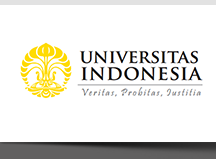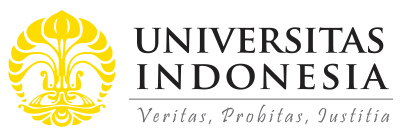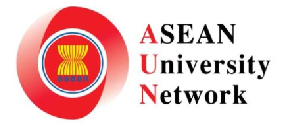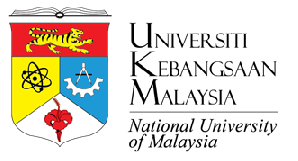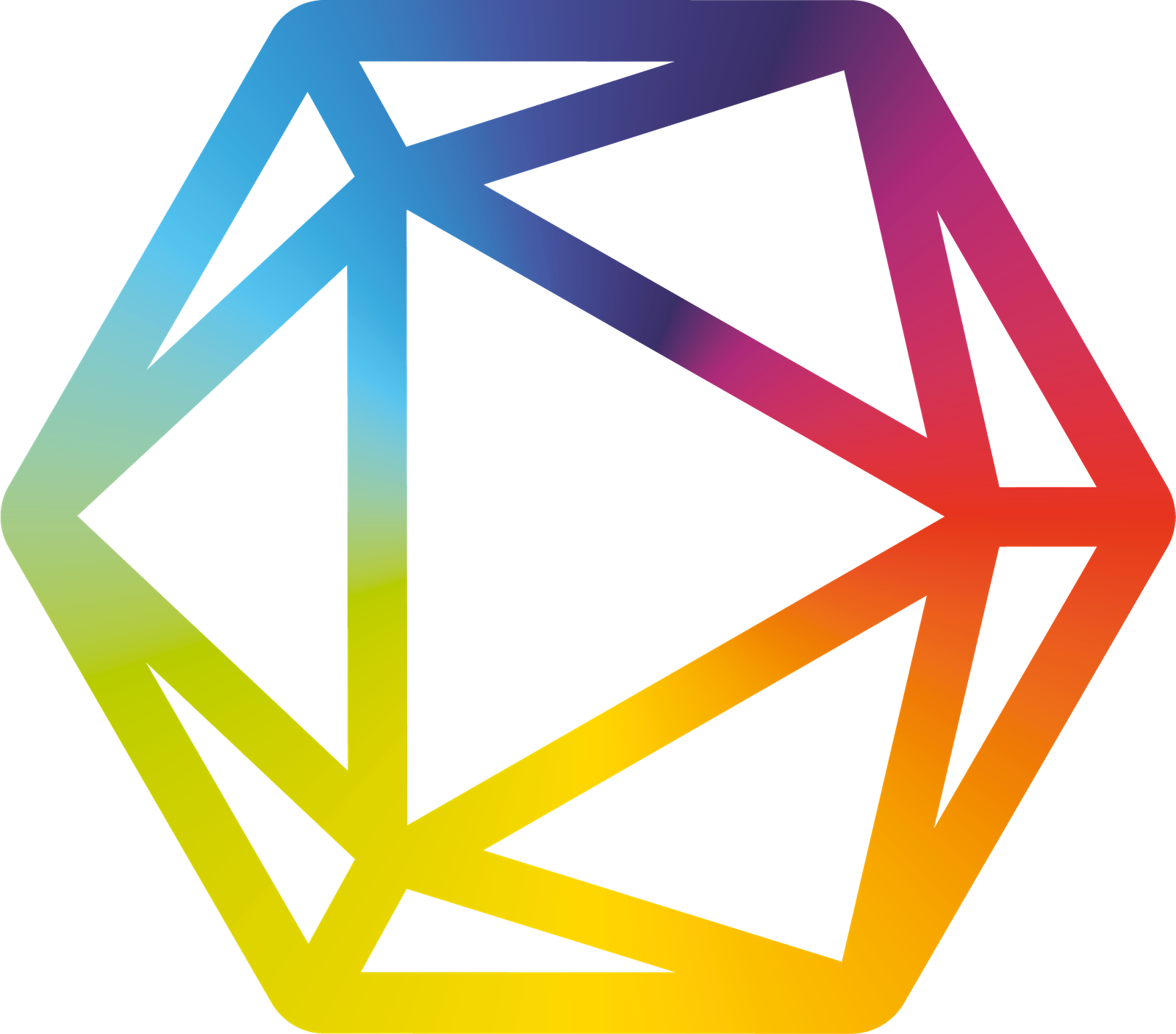
Abstract
This article discusses the importance of developing a learning track to respond to the demands of the creative market industry in the community, particularly with regard to journalism and related content creation. The study is based on a collaborative workshop conducted with practitioners from the Indonesian platform Kapanlagi Youniverse. The results of this preliminary study indicate that designing a curriculum and learning program that aligns with current industry practices is essential for preparing the journalism and creative content workforce. Collaborating with industry practitioners is crucial to competing in the rapidly evolving creative industry. The findings also suggest that incorporating subjects such as focused journalism and specific writing, as well as collaborative subjects, into up-to-date learning programs is vital for meeting contemporary industry requirements. Furthermore, the study highlights the needs to take action to develop an undergraduate curriculum that leverages relevant materials, media, and artificial intelligence (AI) technologies. By preparing the creative industry’s workforce in the community, we can enhance its readiness, thus fostering a circular learning process that benefits the community as a whole.
References
American Association for Curriculum Development. (2023). Curriculum design. https://txascd.org/
Arthur, J. D., & Robinson, W. C. (2008). Market-based education: Who wins and who loses? Harvard Education Press.
Buckingham, M., & Coffman, C. (1999). First, break all the rules: What the world’s greatest managers do differently. Gallup.
Caves, R. E. (2000). Creative industries: Contracts between art and commerce. Harvard University Press.
Chotib, M. N. (2023). 7 Stages of artificial intelligence [PowerPoint slides]. Google Drive. https://t.ly/EzmQk
Christensen, C. M. (2011). The innovator’s dilemma: When new technologies cause great firms to fail (9th ed.). Harvard Business Review Press.
Christensen, C. M., Horn, M. B., & Johnson, C. W. (2008). Disrupting class: How disruptive innovation will change the future of higher education. Jossey-Bass.
Cuban, L. (2001). Oversold and underused: Computers in the classroom. Harvard University Press.
Friedman, T. L. (2005). The world is flat: A brief history of the twenty-first century. Farrar, Straus, and Giroux.
Goodlad, J. I. (1979). Curriculum issues: An overview. In A. I. Goodlad (Ed.), Curriculum inquiry (pp. 1–21). McGraw-Hill.
Henriksen, D., Mishra, P., & Stern, R. (2024). Creative learning for sustainability in a world of AI: Action, mindset, values. Sustainability, 16(11), Article 4451. https://doi.org/10.3390/su16114451
Howkins, J. (2001). The creative economy: How people make money from ideas. Penguin.
Johnson, S. M. (2016). The future of career and technical education [Conference session]. Association for Career and Technical Education Annual Conference, Anaheim, CA, United States.
Lestari, A. P. (2023). Wordplay: Being a superknight writer [PowerPoint slides]. Google Drive. https://rb.gy/ja3o78
Mai, Y. (2024). A two-stage model for business school innovation and entrepreneurship curriculum development: From the cumulative learning perspective. The Educational Review, 8(10), 1255–1259. https://www.hillpublisher.com/UpFile/202411/20241118144059.pdf
Putra, M. E. (2023). Starter pack for survival in content creator world [PowerPoint slides]. Google Drive. https://rb.gy/a6pq5n
Schwartz, R. (2014, September 23). The importance of aligning curriculum with market demand. Education Week.
Stiglitz, J. E. (2002). Globalization and its discontents. Norton.
Strauss, A., & Corbin, J. (1990). Basics of qualitative research: Grounded theory procedures and techniques. Sage Publications.
Taylor, A. (2024). The American view on global education in curriculum and its necessity for entering the workforce (Publication No. 30695424) [Doctoral dissertation, Arkansas State University]. Arkansas State University ProQuest Dissertation & Theses. https://www.proquest.com/dissertations-theses/american-view-on-global-education-curriculum/docview/2986470572/se-2
Utami, T. W. (2023). Social media: How to optimize it? [PowerPoint slides]. Google Drive. https://t.ly/VkLJv
Widodo, H. W., Chotib, M. N., Yannuar, N., Sujiatmoko, A. H., Subagyo, K. P., Adyatma, A., Waradani, I. R., Namira, G., Maharani, J., & Handayani, L. (2023). Peningkatan kemampuan profesi Digital Content Creation melalui pelatihan alumni dan calon alumni Sastra Inggris UM bersama Kapanlagi Youniverse [Increasing the capabilities of the Digital Content Creation profession through training alumni and prospective English literature, UM’s alumni] [Unpublished report]. LPPM, Universitas Negeri Malang. https://rb.gy/nq8i9p
Recommended Citation
Chotib, Mochamad Nasrul; Widodo, Herditya Wahyu; Subagyo, Kukuh Prayitno; Sujiatmoko, Ahmad Heki; Yannuar, Nurenzia; Adyatma, Adham; Q. Z., Gizka Namira; Waradani, Indira Rizqita; and P., Juanita Maharani
(2024).
Designing a Curriculum and Learning Program for the Creative Industry’s Challenge and Workforce Development.
ASEAN Journal of Community Engagement, 8(2), 264-274.
Available at: https://doi.org/10.7454/ajce.v8i2.1287
Included in
Curriculum and Instruction Commons, Instructional Media Design Commons, Teacher Education and Professional Development Commons

